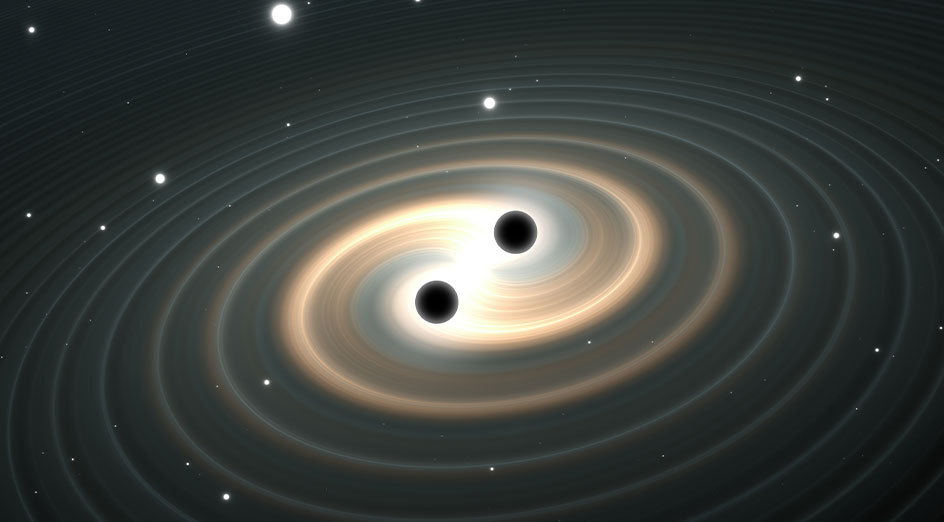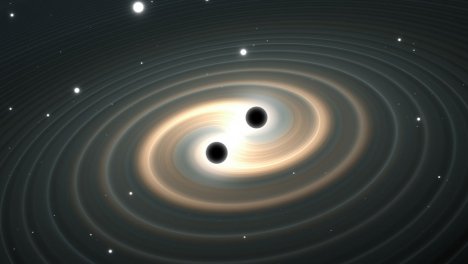University of Western Australia: Scientists Inch Closer to Solving One of Astronomy’s Greatest Mysteries
A new collaboration involving UWA researchers from the ARC Centre of Excellence for Gravitational Wave Discovery (OzGrav) has promised fresh insight into one of the greatest mysteries in astronomy – the origin of fast radio bursts.
“This study is another example of how gravitational wave astronomy is playing an increasingly important role in our understanding of the cosmos.”
Dr Eric Howell, UWA School of Physics, OzGrav Associate Investigator
Australia played a key role in the discovery of fast radio bursts (FRBs), radio pulses that last only a millisecond but are so bright that astronomers can see them from billions of light years away – but despite more than a decade of study into the phenomena, their source remains unknown.
A landmark study, published in The Astrophysical Journal, has approached the problem in a new way, looking for the presence of ripples in the curvature of space and time (called gravitational waves) that could be associated with the radio emissions.

OzGrav Associate Investigator Eric Howell, from The University of Western Australia’s School of Physics, Maths and Computing, said linking a gravitational wave to FRBs could provide ground-breaking evidence about the forces behind them.
“This study is a vital stepping-stone in understanding fast radio bursts,” he said.
“We are not able to rule out any gravitational wave association yet, but future observation runs at higher sensitivity may be able to capture more FRBs.”
Dr Howell initiated the study with scientists from the LIGO and Virgo and collaborations, in the US and Italy, which has been provided data from 800 fast radio bursts from a Canadian telescope called CHIME.
 Image: The CHIME radio telescope has detected hundreds of fast radio bursts. Credit: The CHIME Collaboration.
Image: The CHIME radio telescope has detected hundreds of fast radio bursts. Credit: The CHIME Collaboration.
Dr Howell said there were more than 50 published models that predicted FRBs – and some of the models that also produced gravitational waves included well-predicted signals, such as colliding pairs of neutron stars and black-hole neutron stars.
“We know we can detect these types of gravitational wave signals to fairly well-known distances,” he said.
“If we have an idea of the maximum FRB distance and it’s within our gravitational wave range, we should be able to make a detection or rule out a particular source.”
OzGrav and UWA PhD student Teresa Slaven-Blair said tracking gravitational waves in such a way could potentially help astronomers more accurately map a FRB’s course.
“By searching for gravitational waves around the time and sky position of each FRB, we can improve the sensitivity of the search and go deeper,” she said.
“This study is another example of how gravitational wave astronomy is playing an increasingly important role in our understanding of the cosmos,” Dr Howell said.
“Making use of distortions in space and time to probe exotic phenomena, such as fast radio bursts, is real next-generation astronomy.”

